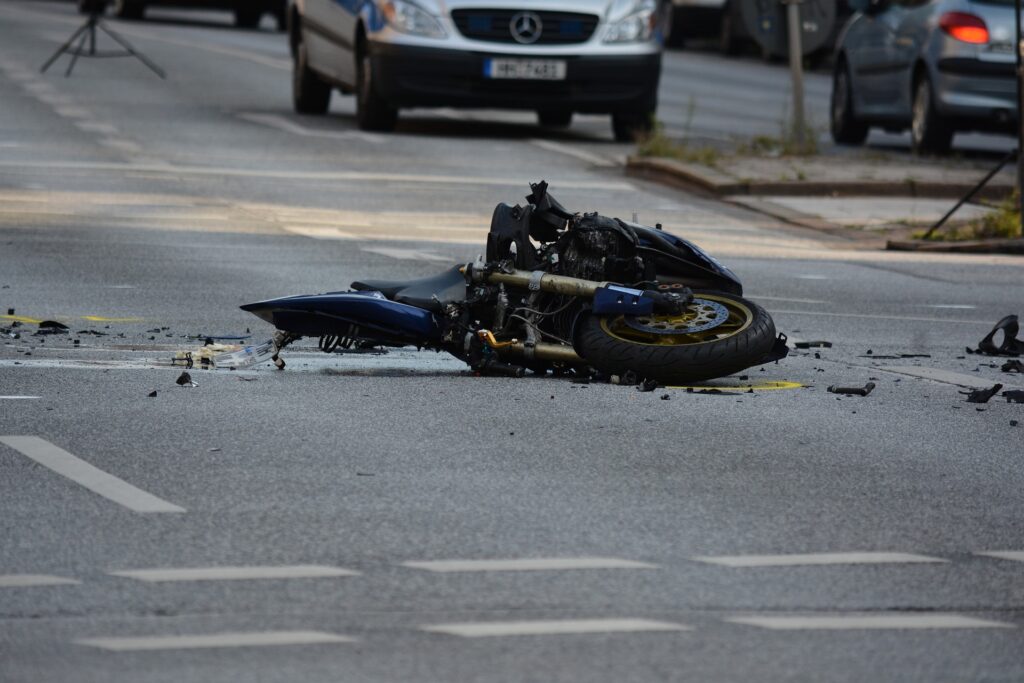Accidents with Uninsured Drivers: Navigating the Complexities
Accidents are unforeseen events that can turn our lives upside down. The situation becomes even more challenging when the responsible party is an uninsured or underinsured motorist. Understanding how to navigate the aftermath of such accidents is crucial to protecting your rights and interests.

Understanding the Risk of Uninsured Motorists
Despite laws requiring auto insurance, a significant number of drivers operate their vehicles without valid insurance. They pose a risk not just to themselves, but to other law-abiding citizens who share the road. If an uninsured motorist causes an accident, the burden often falls on the victim to manage the financial repercussions.
Immediate Steps Post-Accident
When in an accident with an uninsured motorist, the steps you take immediately afterward are critical.
- Safety First: Check for injuries, and call emergency services if medical help is needed. Ensure you’re in a safe location away from traffic.
- Call the Police: Even if the accident seems minor, a formal police report is a critical piece of evidence. It records the details of the incident, which is crucial when the other driver is uninsured.
- Gather Information: Collect personal, vehicle, and contact information from all parties involved, including witnesses. Take photographs of the accident scene, vehicle damages, and any injuries.
- Do Not Accept Cash Offers: Uninsured drivers might offer cash to avoid an insurance claim. No matter how tempting, don’t accept or make any agreements at the scene.
Navigating Insurance Claims
Dealing with your insurance company can be complex, especially in accidents involving uninsured or underinsured motorists.
- Notify Your Insurance Company: Promptly inform your insurer about the accident, providing detailed information and evidence collected at the scene.
- Uninsured Motorist Coverage: If you have uninsured motorist (UM) coverage, your insurer should cover the damages up to your policy’s limit. This coverage is a lifeline when the at-fault driver is uninsured.
- Underinsured Motorist Coverage: Similar to UM coverage, underinsured motorist (UIM) coverage protects you if the at-fault driver’s insurance isn’t enough to cover all damages.
- Collision Coverage: This policy can cover the cost of repairing your vehicle but usually requires you to pay a deductible.
Legal Recourse
Taking legal action is another avenue available.
- Consulting an Attorney: Navigating accidents with uninsured motorists can be legally challenging. Expert advice from a personal injury lawyer ensures you understand your rights and options.
- Suing the At-Fault Driver: You may file a lawsuit against the uninsured driver. However, collecting money from someone who couldn’t afford insurance can be difficult and often not the most viable solution.
Preventive Measures
Protecting yourself for the future is just as important as navigating the current incident.
- Review and Upgrade Your Insurance: Regularly review your insurance policy. Opt for UM and UIM coverage if you haven’t already. It’s a small addition to the premium but provides substantial protection.
- Health Insurance: Ensure your health insurance is comprehensive. Medical bills from accident-related injuries can be astronomical, and health insurance can offer additional coverage.
Conclusion
Accidents with uninsured or underinsured drivers add an extra layer of complexity to an already stressful situation. While the process may be daunting, knowing how to navigate these incidents can alleviate some of the burdens. Understanding your insurance coverage, legal rights, and having professional legal counsel makes a significant difference in the outcome of these unfortunate events. For detailed guidance tailored to your situation, get a free case evaluation today.

